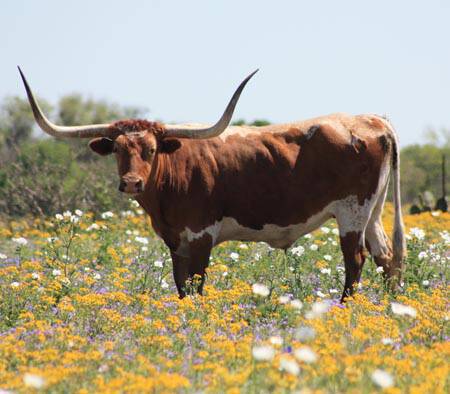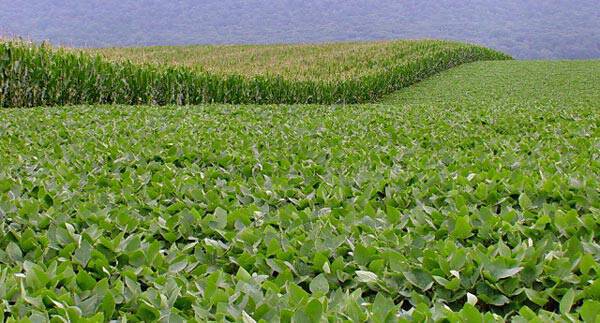Business, Science & Agriculture Cross Lines for Today’s Agricultural Producer
It is important to take note of the constantly transitioning world of the farmer and rancher. With more and more buyers interested in scooping up land in the state of Texas, the data and knowledge necessary to produce a successful farm or ranch is extensive. This is information that must be received by people within the industry who know everything from market trends to the latest in crop production and those technological advancements in tractors, harvesters and cropping machines that have turned traditional farming into a thing of the past.

The number of small farms in the Lone Star State is increasing, and the constant updating and development of technology has certainly altered the amount of time and energy a farmer has to serve in order to create a successful enterprise. But as more and more of the industry becomes mechanized with machines replacing manpower, the costs rise significantly. After all, the price of this machinery is high; yet the balance between cost and technology advancement balances each other out.
But it’s not just machinery that has transformed the farm and ranch industry. Everything from new and improved seed stock, soil additives, water management techniques, chemicals and improvements in wildlife management, and more, have changed the outlook. In addition to improving efficiencies, these new methods have also reduced the hazards that once came with the ‘old’ methods of farming.
Paperwork, upkeep and laws have also changed traditional farming practices. Far more detail is used in record-keeping procedures so that management issues are better handled. Marketing decisions and exportation is watched

daily, and even weather technology and computerized tools better help the landowner know what Mother Nature has in store so they can be better prepared for it when it arrives.
Non-traditional agriculture also brings pest and disease control into the forefront of the farming and ranching industry. For example, methods have improved by leaps and bounds as new and far less dangerous herbicides have been created to offer better weed control.
Biotechnology and genetic engineering, horticultural plant and nursery businesses, improved wildlife management techniques, ecotourism: all of these factors create new pathways for buyers and sellers to make money off the incredibly healthy Texas landscape and their investment. And as the decades pass, the landowner/farmer will continue to combine agriculture with business and science to produce a perfect combination for success.